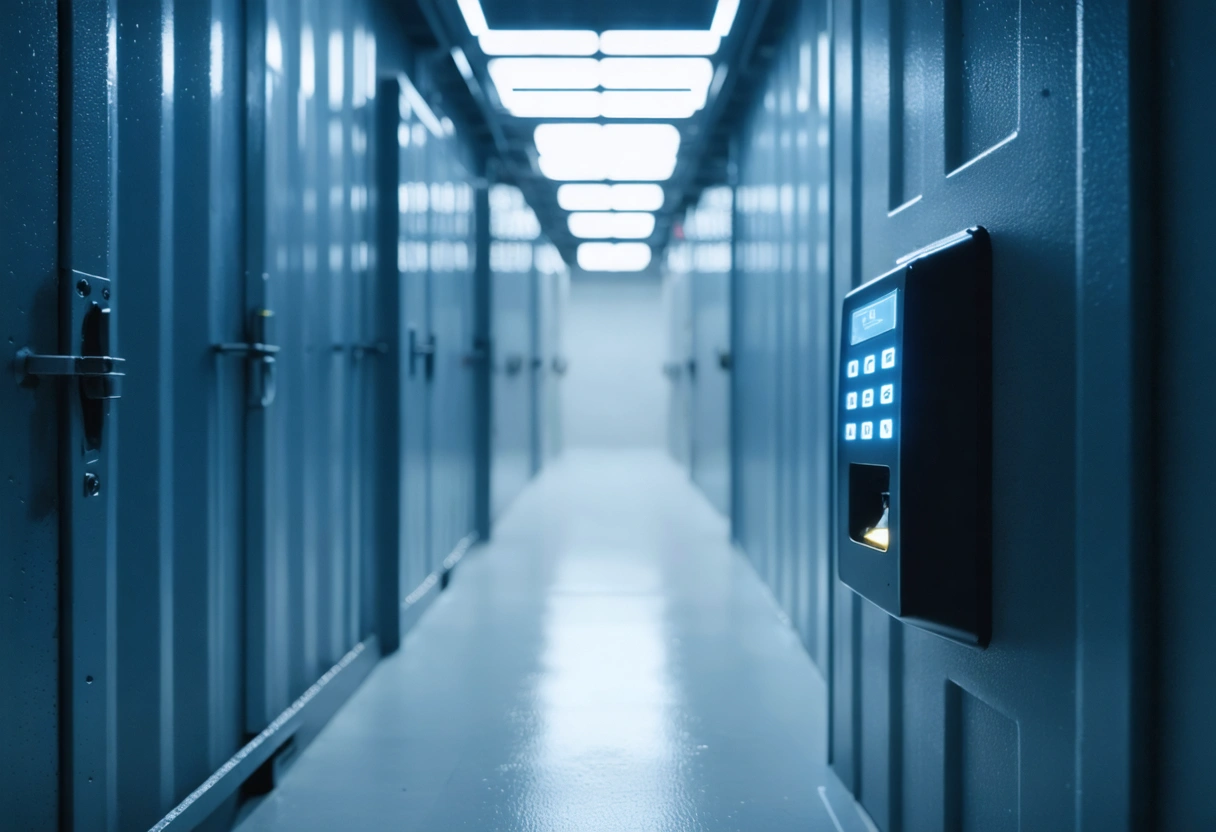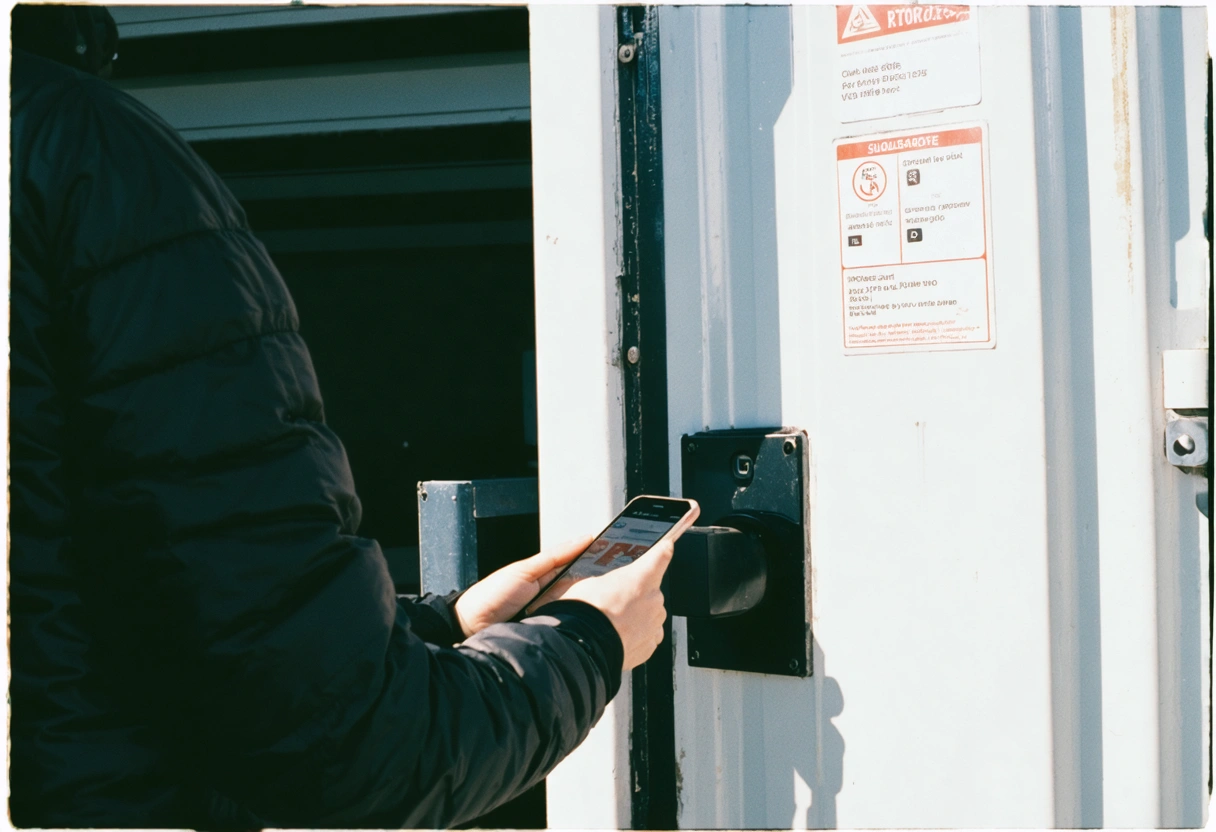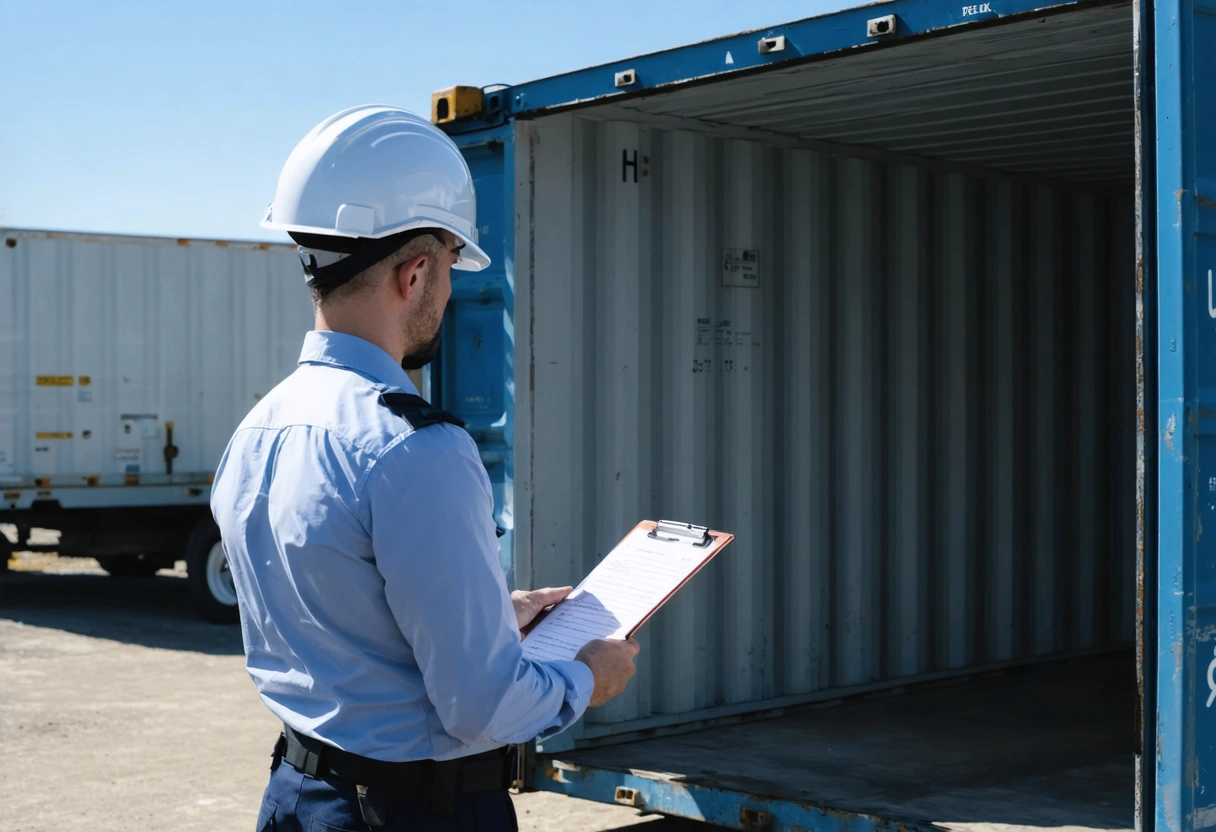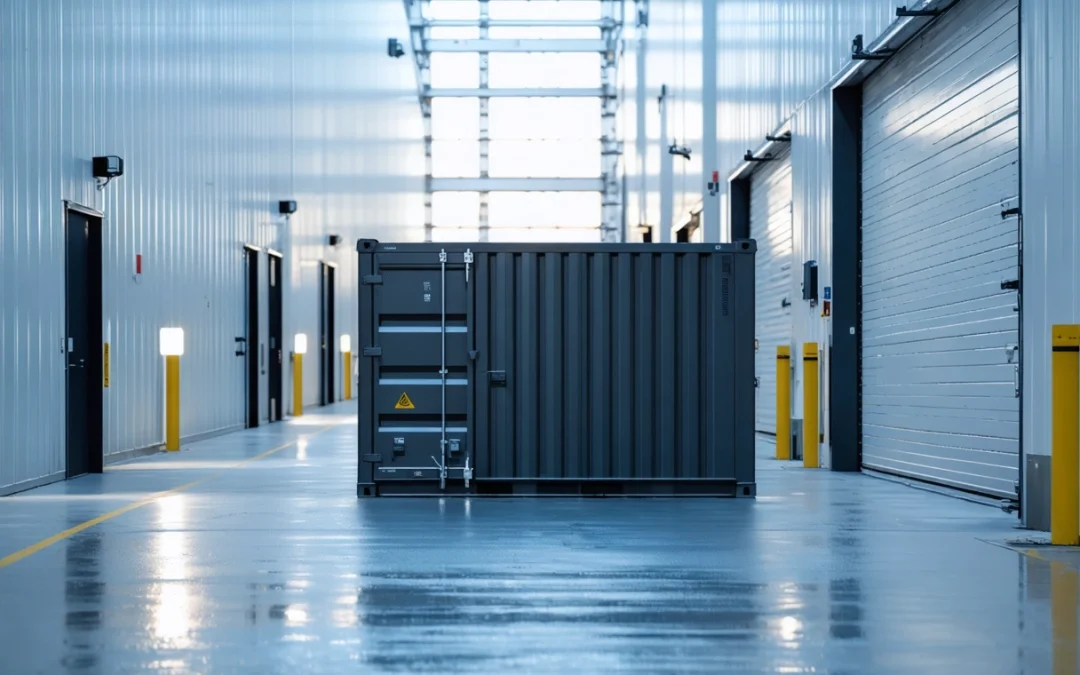How Site Storage Implements Advanced Security Measures for Optimal Protection
In an era where digital assets and sensitive information are increasingly targeted by cybercriminals, the importance of robust security in site storage cannot be overstated. Businesses and individuals alike rely on site storage solutions to safeguard their data, maintain compliance, and ensure peace of mind. But what exactly goes into making site storage secure? This comprehensive exploration delves into the advanced security measures employed by leading site storage providers to deliver optimal protection, covering physical safeguards, digital defenses, access management, continuous monitoring, compliance with standards, and future innovations.
From biometric access controls to real-time threat detection, site storage security is a multi-layered discipline that addresses risks both seen and unseen. Whether you’re a small business owner, an enterprise IT manager, or a security-conscious individual, understanding these advanced measures can help you make informed decisions and appreciate the complexities that protect your valuable data and assets around the clock.
The Critical Importance of Secure Site Storage
Site storage, whether for physical documents, digital assets, or hybrid solutions, serves as the backbone of modern data integrity and operational continuity. Security breaches not only cause financial losses but also damage reputation, erode customer trust, and may result in regulatory penalties. Consequently, advanced security measures are not just a competitive edge, but a necessity in today’s threat landscape.
According to a recent CSO Online analysis of storage system threats, cyberattacks on storage infrastructure are on the rise, making it imperative for organizations to deploy comprehensive safeguards. The adoption of sophisticated protection strategies ensures that sensitive information remains confidential, available, and uncompromised, regardless of the evolving tactics of malicious actors.
Physical Security Measures for Site Storage Facilities
Physical security forms the first line of defense for site storage. It encompasses a variety of techniques and technologies designed to prevent unauthorized physical access, protect against environmental hazards, and deter theft or vandalism. These measures are critical for both traditional storage facilities and data centers housing sensitive digital equipment.

State-of-the-art site storage facilities often employ layered security, beginning with perimeter defenses such as fencing, surveillance cameras, and security patrols. Entry points are fortified with access controls like keycards, biometric scanners, and security personnel trained to identify suspicious behavior. Inside, storage units or server rooms may be further protected by locked cages, motion sensors, and intrusion detection systems.
Environmental hazards such as fire, flooding, and power outages pose significant risks as well. Advanced facilities integrate automatic fire suppression systems, climate control, and backup generators to maintain optimal conditions and prevent data loss. These multi-faceted approaches ensure that physical threats are addressed comprehensively, providing a secure foundation for further digital safeguards.
Example: Tiered Access Control
Consider a high-security document storage facility that implements tiered access control. Only authorized personnel can enter the building, and within the facility, separate areas are accessible based on clearance levels. For example, sensitive legal documents may be stored in a vault requiring dual authentication (such as a keycard and fingerprint scan), while general storage uses less restrictive measures. This approach minimizes risk by limiting exposure and ensuring that only vetted individuals can access critical assets.
Digital Security: Encryption, Authentication, and Beyond
As more storage solutions move to the cloud or adopt hybrid architectures, digital security becomes paramount. Encryption is a cornerstone of data protection, ensuring that even if unauthorized parties gain access to storage media, the information remains indecipherable. Leading site storage providers use advanced encryption standards (AES-256 or higher) for data at rest and in transit, safeguarding information from interception or theft.
Authentication mechanisms play a vital role as well. Multi-factor authentication (MFA) requires users to present multiple forms of identification, such as a password and a one-time code generated by a mobile app. This significantly reduces the risk of unauthorized access, as compromising one factor alone is insufficient for entry. Role-based access control (RBAC) further restricts actions based on user roles and responsibilities, promoting the principle of least privilege.
Additionally, secure site storage platforms often employ network segmentation, firewalls, and intrusion prevention systems (IPS) to isolate sensitive data and detect malicious activity. Regular vulnerability assessments and penetration testing help identify and remediate potential weaknesses before they can be exploited. For a deeper dive into the technical aspects of these defenses, the SANS Institute’s guide to securing storage systems offers valuable insights.

End-to-End Encryption in Practice
End-to-end encryption is increasingly becoming a standard for secure site storage, especially in sectors handling personal or financial data. For example, a cloud storage provider may encrypt files before they leave the user’s device and keep them encrypted throughout transit and storage. Only the user possesses the decryption key, ensuring that not even the provider can access the content. This approach mitigates risks posed by insider threats and government subpoenas while maintaining compliance with stringent privacy regulations.
Access Management: Controlling Who Gets In
Effective access management is the linchpin of site storage security. It involves not just controlling who can enter a facility or access a digital system, but also monitoring and auditing their actions. Modern solutions integrate sophisticated identity and access management (IAM) systems that centralize user authentication, authorization, and auditing across physical and digital domains.
Granular permissions ensure that users can only perform actions necessary for their roles, reducing the risk of accidental or intentional misuse. For instance, a junior employee may only be able to view specific documents, while a manager has the ability to modify or delete records. Automated provisioning and deprovisioning further enhance security by promptly adjusting access rights as personnel join or leave the organization.
Moreover, detailed audit logs provide a comprehensive record of who accessed which resources, when, and what actions were taken. These logs are invaluable for forensic investigations and demonstrating compliance during audits. To learn more about best practices in access management, refer to the NIST Digital Identity Guidelines, which set the standard for digital identity and authentication.
Zero Trust Architecture

Many site storage providers are adopting a Zero Trust security model, which assumes that no user or device, whether inside or outside the network, should be trusted by default. Every request for access is verified, authenticated, and authorized based on contextual information such as device health, user location, and behavior patterns. This approach minimizes the risk of lateral movement in case of a breach, containing threats before they can escalate.
Continuous Monitoring and Incident Response
Security is not a one-time setup, but a continuous process. Continuous monitoring involves tracking access, usage, and environmental conditions in real time to detect anomalies or potential breaches. Advanced site storage solutions utilize centralized security information and event management (SIEM) systems that aggregate logs, analyze patterns, and trigger alerts for suspicious activity.
Automated incident response capabilities enable rapid containment and remediation of threats. For instance, if an unauthorized access attempt is detected, the system may automatically revoke credentials, isolate affected segments, and notify security teams. Periodic drills and tabletop exercises ensure that personnel are prepared to respond effectively to a range of incidents, from cyberattacks to natural disasters.
For a comprehensive understanding of continuous monitoring strategies, the CISA Continuous Diagnostics and Mitigation Program provides a robust framework used by federal agencies and industry leaders alike.
Real-Time Environmental Monitoring
In physical site storage environments, sensors track temperature, humidity, smoke, flooding, and unauthorized movement. These metrics are monitored around the clock, with automated alerts dispatched to maintenance or security personnel if conditions deviate from safe thresholds. Such proactive measures prevent damage to stored assets and ensure that environmental risks are swiftly addressed.
Compliance and Regulatory Considerations

Many industries are subject to stringent compliance requirements regarding data storage and security, such as the Health Insurance Portability and Accountability Act (HIPAA), General Data Protection Regulation (GDPR), and Payment Card Industry Data Security Standard (PCI DSS). Failure to comply can result in severe penalties and reputational damage. As such, site storage providers align their security measures with relevant standards and undergo regular audits to verify adherence.
Compliant site storage solutions offer features such as data retention policies, secure deletion, and immutable logs to meet regulatory mandates. Transparent reporting and documentation facilitate audits and demonstrate due diligence. Organizations should consult with legal and compliance experts to ensure that their chosen storage solution meets all applicable requirements. For more information, the ISO/IEC 27001 information security standard sets a global benchmark for best practices in information security management.
Data Sovereignty and Cross-Border Considerations
Global organizations must also consider data sovereignty — the concept that data is subject to the laws and regulations of the country where it is stored. Site storage providers often offer data localization options, allowing clients to select storage locations that comply with local legal frameworks. This is crucial for sectors such as healthcare, finance, and government, where cross-border data transfers may be restricted or require additional safeguards.
Innovations and The Future of Site Storage Security
The security landscape is dynamic, with threats evolving as quickly as the technologies deployed to counter them. Site storage providers are increasingly leveraging artificial intelligence (AI) and machine learning (ML) to detect subtle anomalies, automate threat responses, and optimize security policies. Blockchain technology is also being explored for its potential to create tamper-evident audit trails and enhance data integrity.
Quantum-resistant encryption algorithms are on the horizon, addressing the potential risks posed by quantum computing breakthroughs to traditional cryptographic methods. Moreover, the integration of Internet of Things (IoT) devices in storage environments introduces new challenges and opportunities for real-time monitoring and automation. Regular security awareness training for staff remains a cornerstone, ensuring that human factors do not undermine technological advances.

To stay ahead of emerging threats, organizations should follow the latest research and recommendations from industry experts such as Gartner’s storage security insights, which provide actionable guidance on securing modern storage environments.
Collaboration and Shared Responsibility
While storage providers implement advanced security measures, optimal protection is achieved through collaboration with clients. Shared responsibility models clarify the respective obligations of providers and users, ensuring that both technical and procedural safeguards are maintained. Clear communication, regular reviews, and joint incident response planning foster a resilient security posture adaptable to changing risks.
Building Trust Through Advanced Security
Securing site storage is a complex and ongoing endeavor that requires a blend of physical, digital, and organizational measures. From fortified facilities and end-to-end encryption to sophisticated access controls and real-time monitoring, advanced security practices ensure that stored assets are shielded from an ever-expanding array of threats.
By embracing industry standards, leveraging innovative technologies, and fostering a culture of vigilance, site storage providers and their clients can build trust and resilience in the face of uncertainty. As threats continue to evolve, so too must the protections that guard the data and documents critical to modern life and business. For further reading, consult the UK National Cyber Security Centre’s guidance on cloud storage security for additional best practices and recommendations.
Ultimately, optimal protection is not a destination but a journey, one that demands continuous investment, adaptation, and collaboration. By understanding and implementing advanced security measures in site storage, organizations can confidently safeguard their most valuable assets, today and into the future.
Need help with How Site Storage Implements Advanced Security Measures for Optimal Protection?


